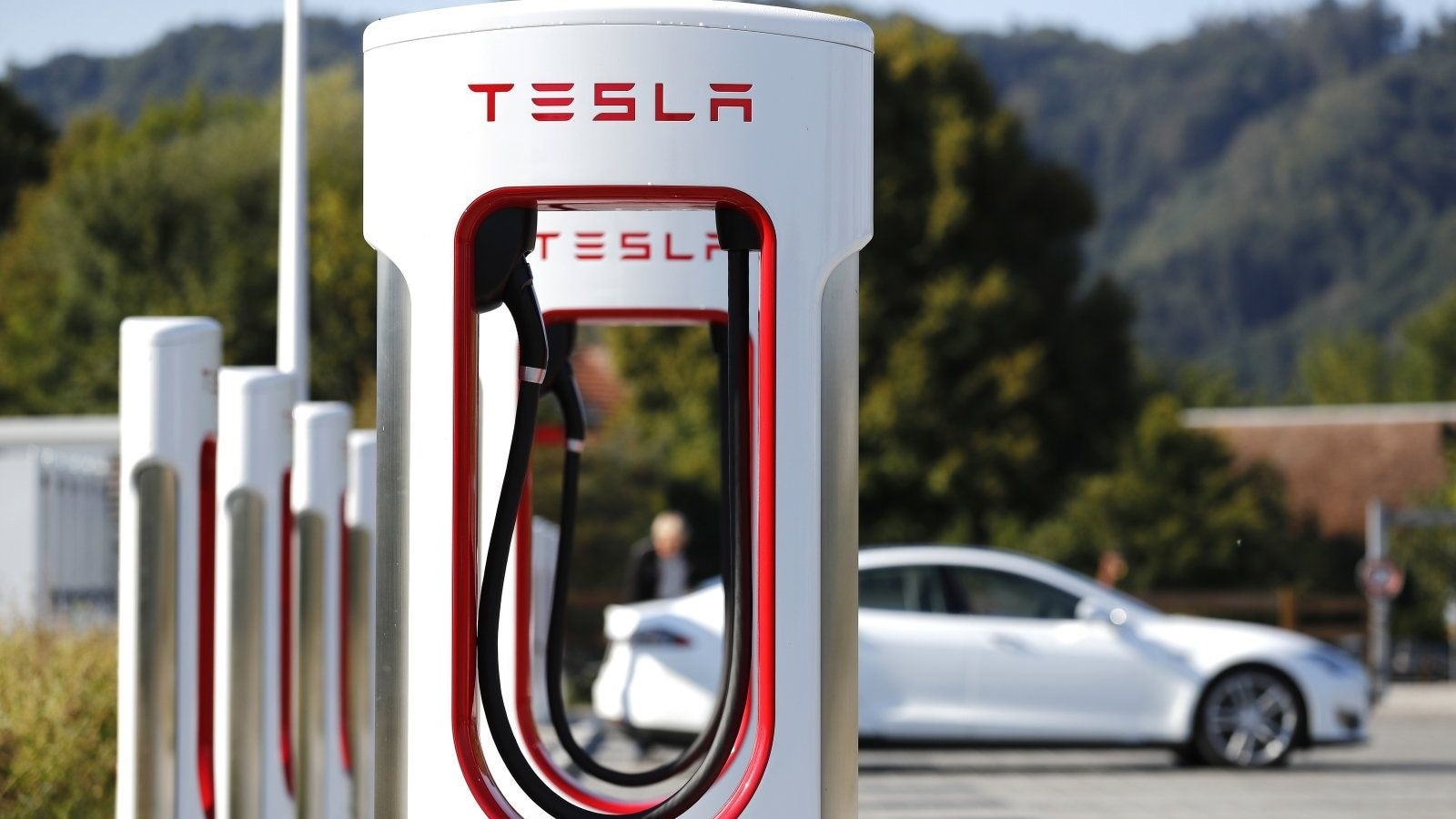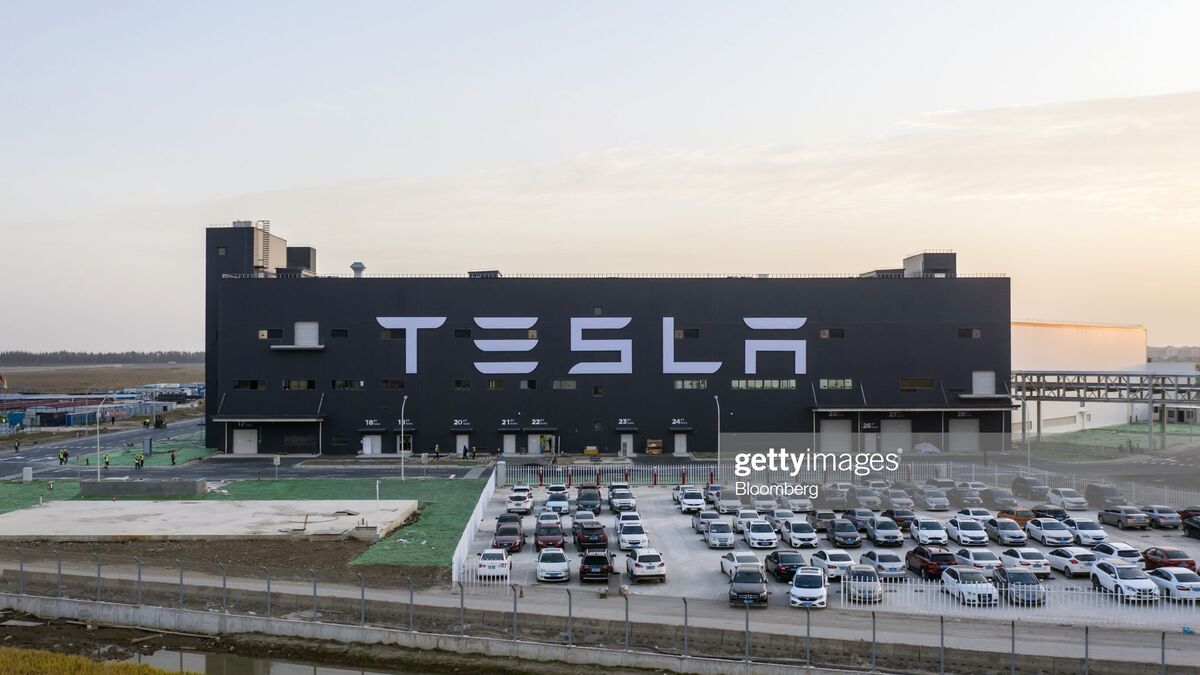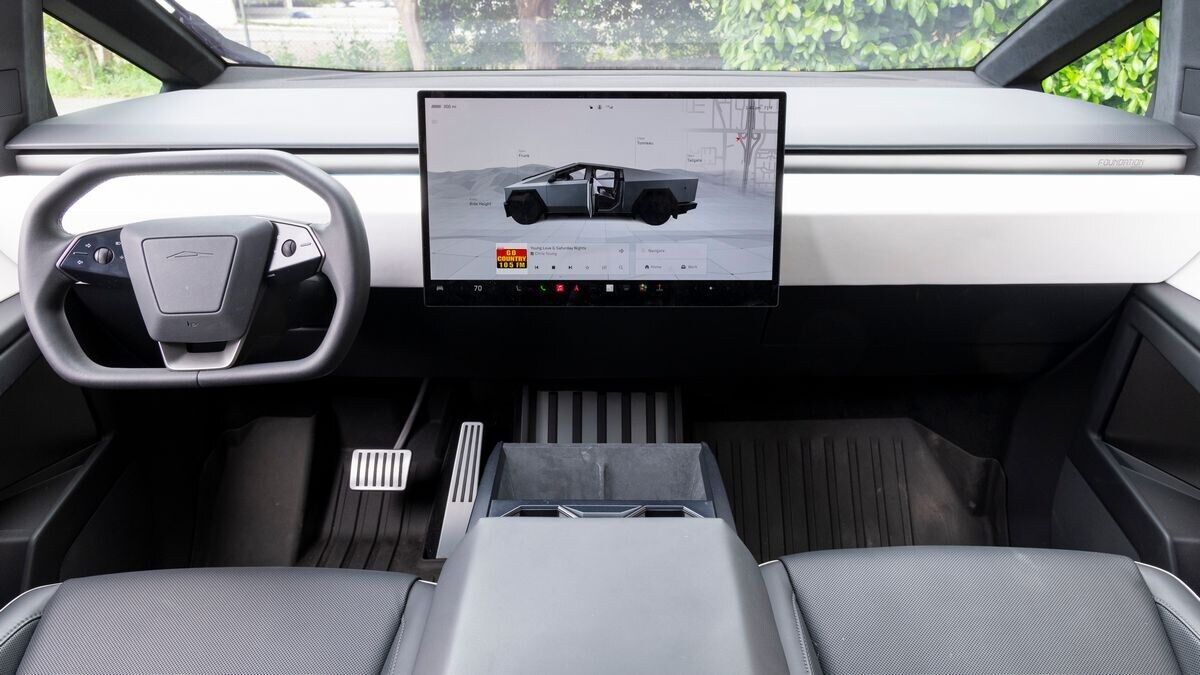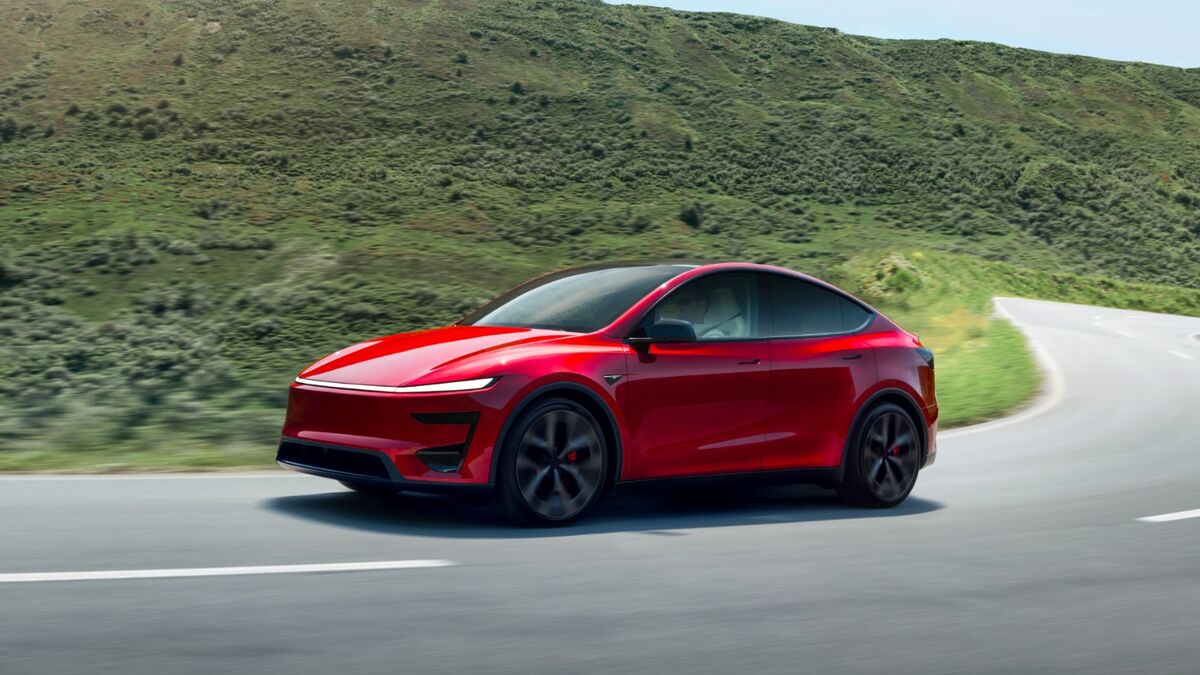Tesla has long held a clear lead in building a nationwide charging network to support the nation’s shift toward electric cars. This week, the company shocked many observers when it laid off much of the team building its nationwide network of Superchargers.
Axios reports, “The company laid off EV charging boss Rebecca Tinucci and substantially all of her 500-person team” this week.
Tesla reported disappointing first-quarter earnings. The layoffs came shortly after the report, surprising many. The Supercharger network seemed to be a clear advantage for Tesla and a source of reliable income at a chaotic time. Tesla has America’s most extensive charging network by far.
CEO Elon Musk took to X (formerly Twitter) to say the move would slow the growth of the Supercharger network.
Electric vehicle (EV) sales are still growing. But they’re now growing slowly. EV sales increased just 2.6% last quarter after several years of more rapid sales increases. Tesla has lost ground to new competition, seeing its market share slump from 62% a year ago to 51% last quarter.
However, last year, Tesla built what seemed to be the ultimate trump card: a way to make money off its rivals’ EV sales.
Industry Converged on Tesla’s Solution Last Year
EVs have a stupid problem. EVs for sale in 2024 come with one of three different charging ports. The ports are not interchangeable. Each requires a specific cord and plug.
That requirement does not cause a problem when owners charge at home, where they can easily have a compatible cord installed where they park their car. However, when EV owners must use public chargers, they’re left hunting for the cord that will fit their port.
Tesla proposed a solution to this problem in 2022, letting any automaker adopt its port design, the North American Charging Standard (NACS), for free. It took more than a year for the offer to catch on. Major automakers pledged to shift to the Tesla charging port one by one. By February, virtually the entire industry had promised to change to Tesla’s port by 2025.
Other charging networks are also installing cords that can deliver charge to the Tesla NACS port.
Rivals don’t have to pay Tesla to use the technology, but most EV makers negotiated arrangements for their owners to use Tesla’s Superchargers. So, every time a rival sells an EV, Tesla gains a potential Supercharger customer.
The obvious growth potential makes dramatically slowing the Supercharger project a head-scratcher.
Tesla Lays Off New Car Development Team
Tinucci and her Supercharger team weren’t the only shocking layoffs.
Ars Technica reports that Tesla also laid off its head of new vehicle development. “Tesla is not just laying off Daniel Ho, director of vehicle programs and new product introduction, but also his entire team,” the site says.
That move comes one week after Musk, in a call with investors, refused to discuss reports that he had canceled the long-planned, low-cost Tesla Model 2 EV.
Musk used that call to encourage investors to consider Tesla an automation company. Considering Tesla an automaker, he said, was “just the wrong framework.”
Tesla had several car projects in development before laying Ho off, including an update to its Model Y and a $250,000 Roadster sports car. Their future is unclear. Tesla doesn’t operate a public relations department or answer reporters’ questions.
Other Automakers’ Plans May Not Change
Rival companies were reportedly shocked by the developments.
Toyota Spokesman Scott Vazin told Axios the move “was news to us when we read it online.” The company, he said, is “trying to gain more insight.”
A Ford spokesperson told Axios, “Plans for our customers do not change.” GM told Reuters, “We have nothing new to announce regarding our plans.”
Since Tesla made the technology behind its charging port free for anyone to use, the rest of the industry could continue to converge on Tesla’s solution without Tesla. Rival networks could continue to add Tesla-style cords to their chargers. Rival automakers could continue to build the ports into their cars.
The entire automotive industry could move to the NACS solution without further cooperation from the company that designed it.
But one wrinkle remains. According to the New York Times, Tesla “has been a major beneficiary of federal funds to build charging networks.” It’s unclear what will happen to millions in taxpayer grants Tesla received to expand Supercharger locations.
Andres Pinter, co-CEO of Bullet EV Charging Solutions, told Reuters, “There’s no way Mr. Musk would walk away from effectively free money.”








